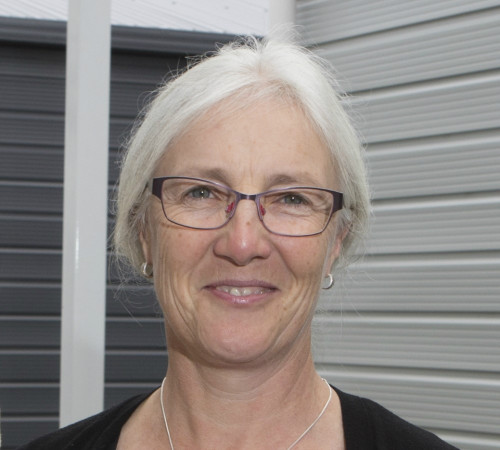Whatungarongaro te tangata, toitū te whenua – as man disappears from sight, the land remains: How to die a culturally, socially, and environmentally sustainable death in Aotearoa

Two unique Marsden Fund Standard projects focus on what happens to our bodies once we leave the physical world behind
Professor Hinematau McNeill from the Auckland University of Technology is setting out to test a belief that urupā tautaiao (natural burials) are affordable, culturally empowering for Māori, and environmentally sustainable
Associate Professor Ruth McManus from the University of Canterbury is especially concerned with body disposal and the impacts on the environment, aiming to pull together a variety of local knowledges in green innovation – including Māori – to develop a climate change adaptation strategy
Published on 3 Whiringa-ā-rangi November 2021
One thing certain about life is that we all die. With this certainty comes the customary duty of organising farewells to and final preparations of the dead. While these rites and rituals vary across times and cultures, so do forms of body disposal – whether the deceased is earth-buried, sea-buried, sky-buried or cremated, and whether remains are buried forever, placed in vaults or scattered. These practices are important for both people and place.
Attendees at Professor Hinematau McNeill's presentation at Moko marae, Te Puke in 2021. Photo supplied.
Professor McNeill and her team are adopting a decolonising agenda in their exploration of death practices for their Marsden Fund Standard project. By prioritising mātauranga Māori (Māori knowledge), this project provides an opportunity for Māori to re-evaluate and reconnect with their ancient customs and practices. Working alongside iwi, researchers will facilitate several hui, conduct environmental monitoring, archival research, and interviews to understand the potential of tangihanga (customary funerals) today and urupā taiao (natural burials) for living wellbeing in terms of Māori connection to, and responsibility for, the natural world.
Professor Hinematau McNeill delivering a presentation at Moko marae, Te Puke in 2021. Photo supplied.
Associate Professor McManus and her team have been awarded a Marsden Fund Standard grant to address the issue of our current funeral, burial and cremation systems. Current systems pollute, are environmentally unsustainable, and are reaching capacity in Aotearoa. While some individuals, businesses, organisations and local governments are investigating and investing in more sustainable options, they are limited in reach and impact. Using network analysis that maps strategies of sustainability across the country, this project sets out to integrate local knowledges to connect up death practices, processes and infrastructure that can move us to a reduction in Aotearoa’s carbon footprint.

Associate Professor Ruth McManus. Photo supplied
Death and bereavement can be a challenging and demanding time for whānau and friends of the deceased. The remains of the person must then be disposed of, contributing to a negative environmental impact on our planet. These innovative projects by McNeill and McManus are leading the course in exploring the ways we can create lasting connection and legacy with culture, people, and planet.
Haparangi A2 - research site of Professor Hinematau McNeill's PhD student. The first, that they are aware of, with Māori Land Court authorisation (2021) to establish a natural burial urupā on their land. Photo supplied.
